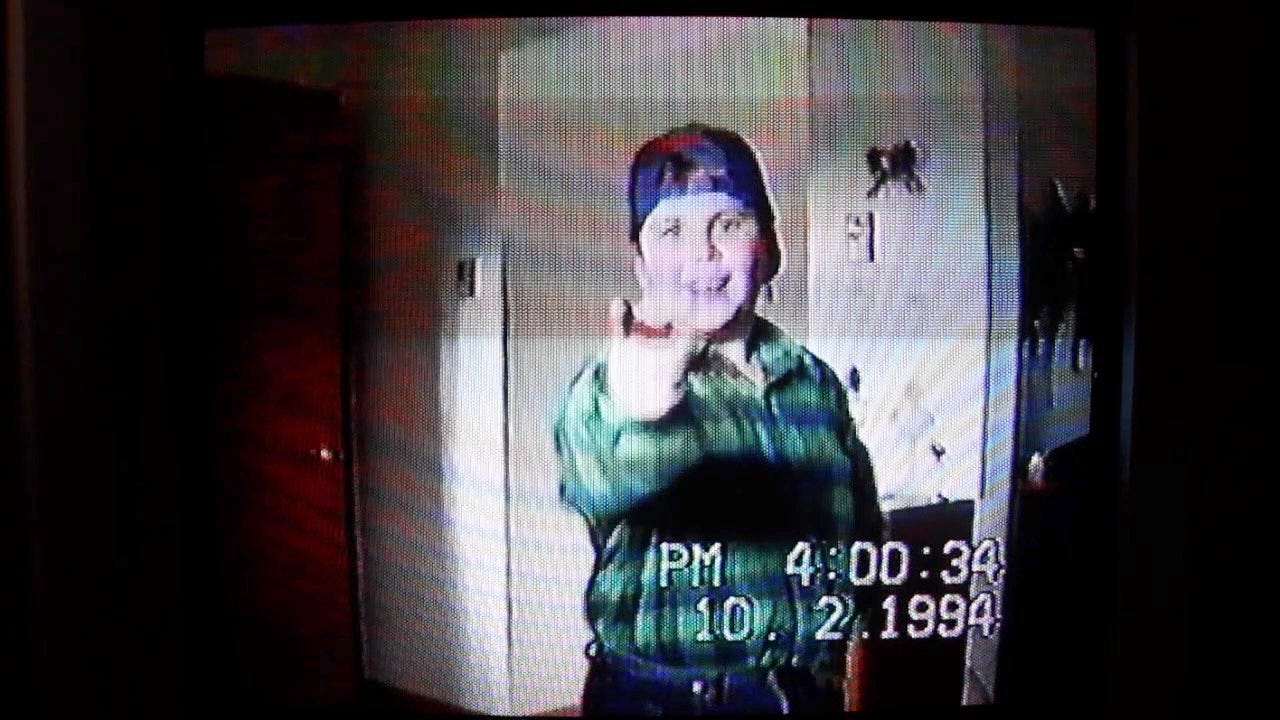Growing up in rural New Brunswick, my access to popular music was limited to a static-filled radio, the occasional song in a store or movie and my family’s old collection of vinyl and 8-tracks. My childhood soundtrack (mostly) belonged to another era.
Everything changed when I moved to suburbia in 1992. At my first sleepover, my cousin turned the TV to MuchMusic*—TLC’s “Waterfalls” played, and every kid knew the words and dance moves. I watched in awe, realizing that contemporary pop music was a shared, living language—a world I longed to be part of.
From that moment, I was hooked. I obsessively watched MuchMusic, dreaming of becoming a VJ. Determined, I made an audition video. My grandmother, who had spent years filming family events, became my cinematographer, and our creative rapport made it all possible. But for some reason, we never submitted the tape. It stayed tucked away in a box for decades—until it recently resurfaced, reminding me that gender is, and always should be, a creative, life-affirming act.
So here I am at 11, fully embodying my truth—and my dreams—in my MuchMusic VJ audition video. I’m sharing an excerpt here and will post the full version, including a complete dance routine to “Whoomp! (There It Is),” for subscribers later on.
And I have much more family home videos to come. May this serve as my introduction.
Be yourself. Audition for your dreams, even if it’s a MuchMusic VJ tape filmed by your grandmother on VHS and hidden away for 30 years, waiting for the right moment to emerge. Embrace your authenticity, even when it defies expectations. Let your child self hold you—let their curiosity, imagination and belief in possibility be your guiding light. Believe in love. Return to innocence.
Never lose your sense of wonder. Etc.
*MuchMusic was a Canadian music television channel that launched in 1984 and became an iconic part of pop culture, especially in the '80s, '90s, and early 2000s. Often referred to as "Canada's MTV," it was known for its music video programming, interviews and live shows, featuring artists from across genres. Also, “Return to Innocence” was one of my favourite songs of the ’90s—and also my favourite story of Indigenous justice in the face of appropriation. The song is primarily built around a sample of the traditional Amis Palang chant “Sapiliepah a Radiw,” sung by Kuo Ying-nan and Kuo Hsiu-chu. They recorded it in Paris in 1988 during a cultural exchange. After a series of lawsuits, the case was finally settled out of court in 1999 for an undisclosed amount. As a result, the two Amis singers now receive 100% of the song’s royalties to this day!



